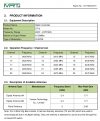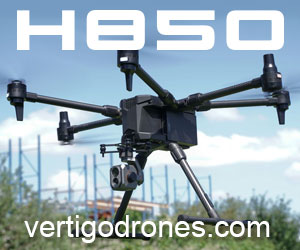Hello,
I have to change ST16's channels 1-3 to higher, because I have custom setup with thermal camera and the thermal camera uses same frequence (2,4GHz, channel 1) than Typhoon H (2,4GHz).
So, I have to change ST16's 1-3 channels to another ones, because if the thermal camera uses channel 1, it means that the thermal camera covers channels 1-3.
It looks like that ST16 uses these functions in channels 1-3:
channel 1 - throttle
channel 2 - aileron
channel 3 - elevator
How can I change these functions to higher channels with ST16 ?
In ST16's channel settings there is channels 13-24 marked as grey and I can not activate those, will those channels be unused ?
If those channels are unused, is it possible to change throttle, aileron and elevator to those channels ?
Is there some what I must be taken into account when changing channels ?
Thanks for answers !
I have to change ST16's channels 1-3 to higher, because I have custom setup with thermal camera and the thermal camera uses same frequence (2,4GHz, channel 1) than Typhoon H (2,4GHz).
So, I have to change ST16's 1-3 channels to another ones, because if the thermal camera uses channel 1, it means that the thermal camera covers channels 1-3.
It looks like that ST16 uses these functions in channels 1-3:
channel 1 - throttle
channel 2 - aileron
channel 3 - elevator
How can I change these functions to higher channels with ST16 ?
In ST16's channel settings there is channels 13-24 marked as grey and I can not activate those, will those channels be unused ?
If those channels are unused, is it possible to change throttle, aileron and elevator to those channels ?
Is there some what I must be taken into account when changing channels ?
Thanks for answers !







